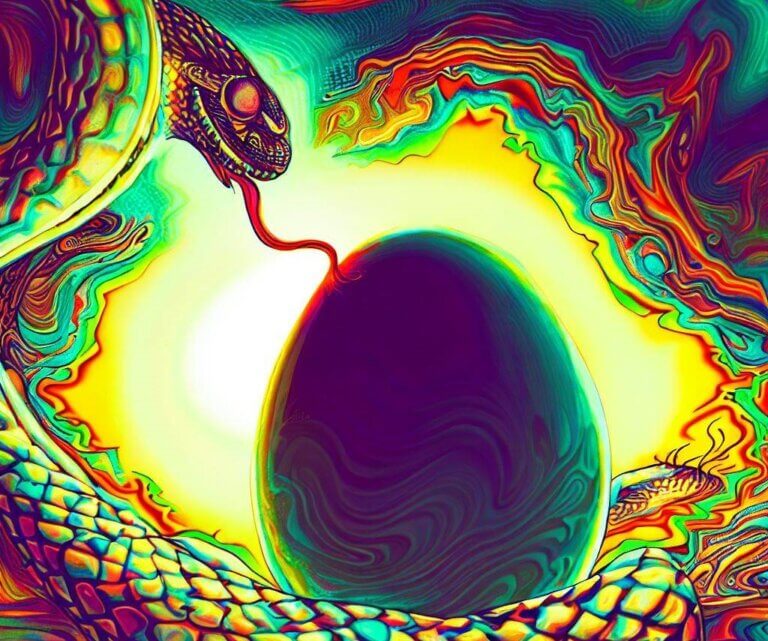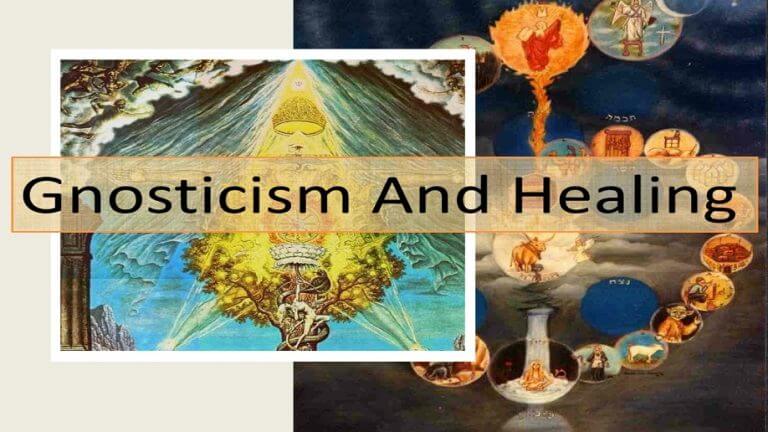Unveiling the Veiled: Hidden and Occult Symbolism in the Catholic Church
Introduction
The Catholic Church, with its rich history and intricate rituals, has long been a subject of fascination and intrigue. Throughout the centuries, the Church has been associated with numerous symbols and rituals, some of which have hidden and occult meanings. While many of these symbols are steeped in religious tradition and carry deep spiritual significance, there are instances where their interpretations have ventured into the realm of the esoteric and the mysterious. In this article, we delve into the realm of hidden and occult symbolism within the Catholic Church, exploring some of the intriguing and lesser-known aspects of its iconography.
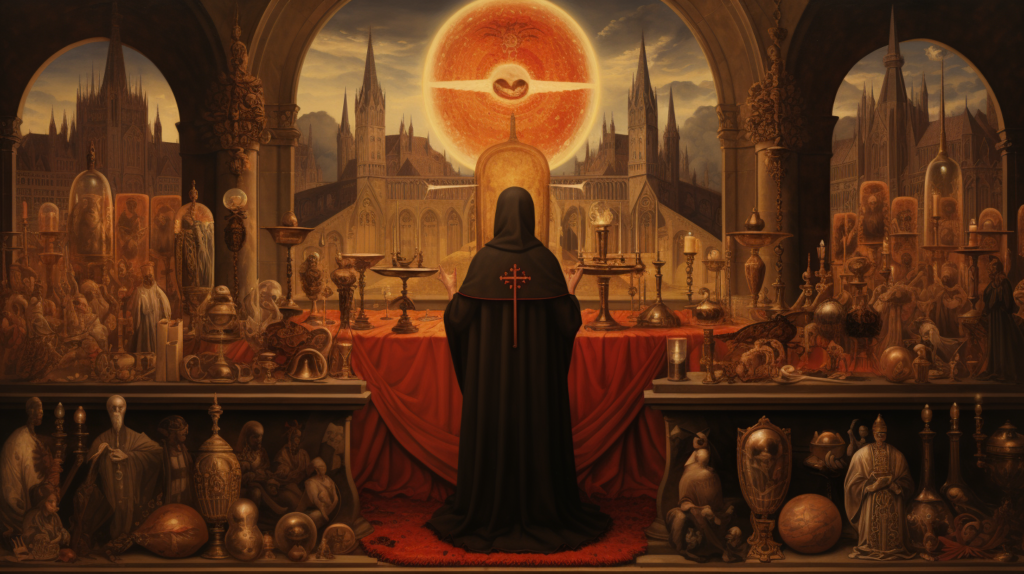
The Symbolism of the Cross
The most recognizable symbol within the Catholic Church is undoubtedly the cross. While the cross represents the crucifixion of Jesus Christ and serves as a potent reminder of his sacrifice, there are esoteric interpretations as well. Some claim that the vertical line represents the divine masculine, while the horizontal line symbolizes the divine feminine, thus embodying the concept of balance and union. Others argue that the cross’s shape is a subtle nod to ancient sun worship, as the cross bears resemblance to the solar disk. These alternative interpretations, though intriguing, remain largely speculative.

The All-Seeing Eye
The presence of the All-Seeing Eye, often depicted within a triangle, is another symbol associated with the Catholic Church. It is commonly found within religious artwork, especially in depictions of God the Father. The All-Seeing Eye represents divine omniscience and the notion that God sees all things. It predates Christianity and has been found in various cultures throughout history, including ancient Egypt and the Hindu tradition. While some conspiracy theories link the All-Seeing Eye to secret societies and occult practices, within the Church, it primarily serves as a representation of God’s omnipotence and watchfulness over humanity.

The Pentagram and Pentacle
The pentagram, a five-pointed star, has been a symbol associated with both good and evil throughout history. In the Catholic Church, it is often found on the robes of bishops and cardinals. While the Church primarily utilizes the pentagram as a symbol of Christ’s five wounds during the crucifixion, the pentagram’s association with occultism and witchcraft has led to misunderstandings. It is essential to differentiate between the upright pentagram, which is the Church’s traditional symbol, and the inverted pentagram, which is more commonly associated with occult practices.
The Ankh
Another intriguing symbol found in the Catholic Church is the ankh, an ancient Egyptian symbol representing life and fertility. While it is not explicitly a Christian symbol, it can occasionally be seen in Catholic artwork, often held by saints or angels. Its presence within the Church can be traced back to the early centuries of Christianity when early theologians sought to incorporate and adapt certain aspects of pagan symbolism to aid in the conversion of non-Christians. Thus, the ankh’s inclusion within Catholic iconography serves as a reminder of the Church’s syncretic history.
The Inverted Cross
While the cross is universally recognized as a symbol of Christianity, an intriguing variation known as the inverted cross holds a more occult connotation. Historically associated with Saint Peter, who, according to tradition, was crucified upside down, the inverted cross has been adopted by certain esoteric and occult movements as a symbol of rebellion against traditional Christianity. Though not an officially recognized symbol within the Church, its appearance in certain contexts has sparked fascination and speculation.
The Chi-Rho Symbol
One of the earliest Christian symbols, the Chi-Rho, combines the Greek letters chi (Χ) and rho (Ρ), representing the first two letters of the Greek word for Christ (Χριστός). While the Chi-Rho has a clear religious significance within Christianity, its resemblance to the Egyptian ankh, an ancient symbol of life, has led to suggestions of hidden connections between these two ancient civilizations. Some theorists propose that early Christian missionaries incorporated elements of pagan symbolism to facilitate the conversion of non-Christians, blurring the boundaries between cultures.
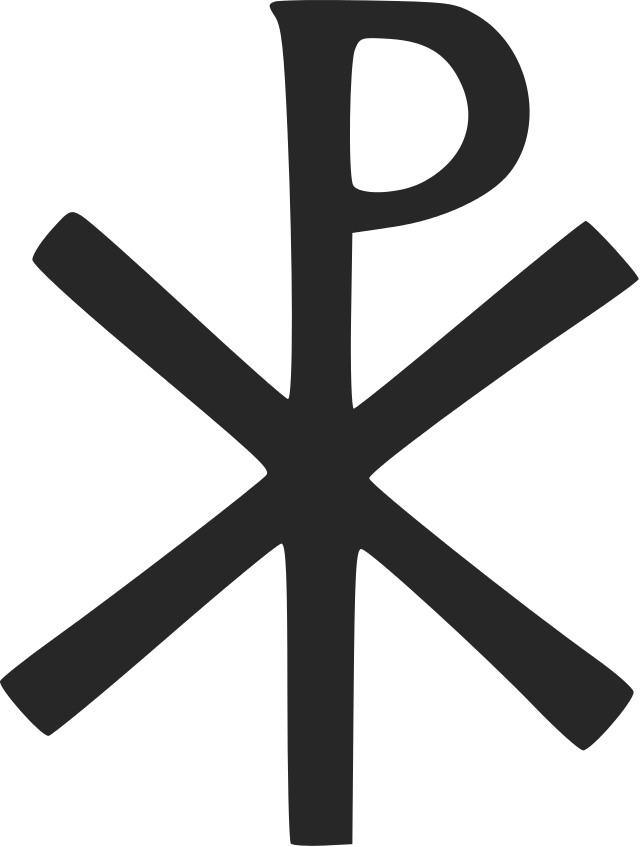
The Papal Tiara
The papal tiara, a distinctive three-tiered crown worn by popes until the mid-20th century, has been associated with occult symbolism by certain conspiracy theories. Its three crowns symbolize the pope’s roles as the ruler of heaven, earth, and purgatory. However, some theorists speculate that the tiara’s three tiers represent the three levels of occult initiation: the physical, the astral, and the spiritual. While these claims are largely unfounded, they serve as an example of how occult interpretations can be applied to even the most revered symbols.
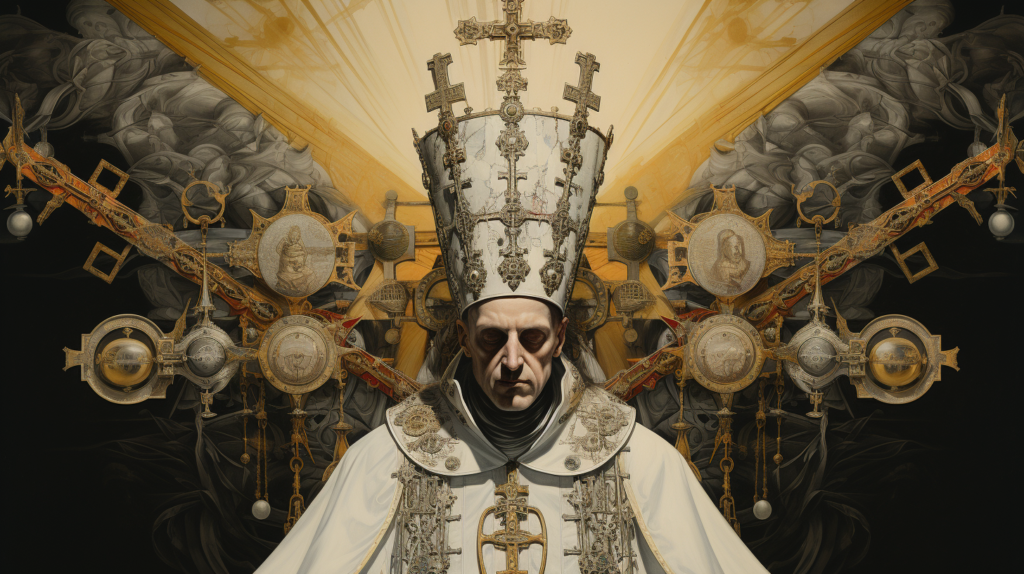
The Fish Symbol
The fish symbol, also known as the ichthys, holds deep significance in early Christian iconography. Used as a clandestine symbol during times of persecution, it represented Jesus Christ as the “fisher of men.” However, some alternative interpretations suggest connections to the pagan cult of Dagon, an ancient Mesopotamian deity associated with fertility and abundance. Such interpretations posit that the Church may have incorporated elements of preexisting symbolism to appeal to a wider audience and facilitate religious assimilation.
The Vesica Piscis
The vesica piscis is an ancient geometric shape formed by the intersection of two circles, resembling a fish. In Christian art, it often surrounds figures of Christ, Mary, or saints. While primarily symbolizing divine presence, the vesica piscis has connections to occult symbolism. Some esoteric interpretations link it to the “eye of providence,” representing divine insight and illumination. Others see it as a symbolic representation of the divine feminine and the union of opposing forces.
The Statue of Saint Peter
Within the Catholic Church, the statue of Saint Peter is an iconic representation of the first pope. Legend has it that touching or kissing the foot of this statue grants spiritual blessings. However, conspiracy theories have associated the statue with esoteric symbolism. Some theorists claim that the statue’s foot, which has been worn down by centuries of pilgrims’ kisses, hides a secret compartment containing hidden knowledge or artifacts. These notions, although fascinating, remain rooted in speculation and lack substantial evidence.
The Eye of Horus
The Eye of Horus, an ancient Egyptian symbol representing protection, royal power, and good health, can occasionally be found within the Catholic Church’s artwork and architecture. This connection has led to conjecture surrounding potential influences from ancient Egyptian mythology on the Church’s symbolism. While the Church’s incorporation of such symbols may have aimed at bridging cultural gaps during the spread of Christianity, it is important to note that the use of the Eye of Horus within the Catholic Church is limited and does not imply direct occult associations.
The Triquetra
The triquetra, a Celtic knot symbolizing eternity and the interconnectedness of the mind, body, and spirit, can be seen in various forms within the Catholic Church. It often appears in religious art, architectural ornamentation, and even as an emblem on liturgical items. While the triquetra’s primary interpretation in the Church revolves around the Holy Trinity, some esoteric interpretations connect it to broader mystical concepts such as the triple goddess, the threefold nature of existence, or the interplay of divine energies.
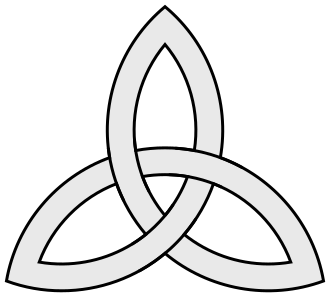
The Rose Window
The magnificent rose windows found in many grand cathedrals are a testament to the Church’s architectural prowess. These stained glass masterpieces depict religious scenes and figures, but their intricate design and symbolism can also be interpreted through an occult lens. The intricate patterns and geometric forms within rose windows have ties to sacred geometry, a concept that explores the mathematical principles believed to underlie the creation of the universe. These windows may serve as a reminder of the harmonious relationship between art, mathematics, and spirituality.

The Holy Grail
The Holy Grail, a legendary artifact central to Christian mythology, is believed to be the cup used by Jesus during the Last Supper. While it holds immense religious significance, it has also been the subject of numerous occult interpretations and conspiracy theories. Some claim that the Holy Grail possesses mystical powers, granting immortality or hidden knowledge to its possessor. These interpretations have permeated popular culture, leading to various fictional accounts and speculation regarding the whereabouts and true nature of the Holy Grail.
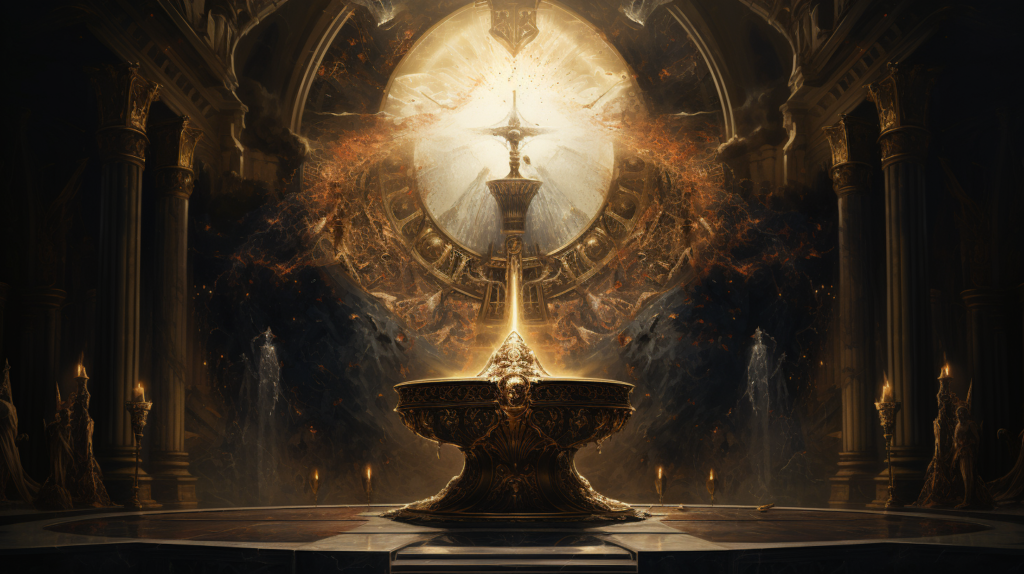
Conclusion
The Catholic Church, like any religious institution with a long history, has accumulated a vast array of symbols and rituals, many of which have hidden or occult interpretations. While these alternative meanings can be intriguing and provide fertile ground for speculation, it is crucial to approach them with caution and respect for the Church’s official teachings and traditions. Understanding the origins and purposes of these symbols can deepen our appreciation of the Church’s cultural and historical significance. Whether viewed through a religious lens or from the perspective of hidden symbolism, the Catholic Church continues to captivate and inspire, leaving room for both faith and fascination.




